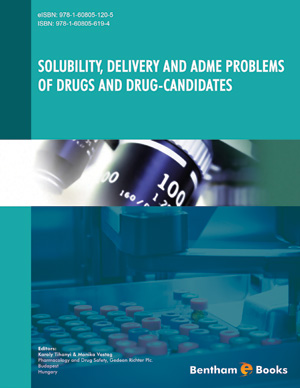Abstract
In the last several decades, drug research and development have faced a number of issues related to the pharmacokinetics of new chemical entities. Numerous new drug candidates have been reported to have failed in human clinical phases (mainly phase I) after oral administration due to ineffectiveness caused by unsatisfactory pharmacokinetics. The same problem is also occurring during preclinical research and development. It has been clearly demonstrated that solubility is one of the major factors affecting the in vivo systemic exposure of drug candidates. Drug companies usually aim to develop oral products, as this is the preferred administration route for medicines. The main administration route in the preclinical phase is also oral. Solubility is an issue not only in human clinical phases, but also in the preclinical stage. Keeping the factors affecting solubility in mind can help the researcher to achieve a satisfactory level of drug exposure. This chapter addresses the theoretics of solubility and the internal and external factors concerning the dissolution process, such as morphology, particle size, surface area, pH, ionic strength and surfactants. At the end of the chapter, there is a short overview of the practice of solubility measurement.






















